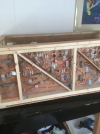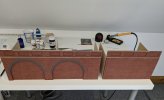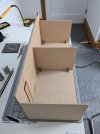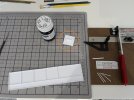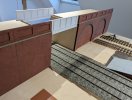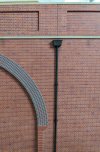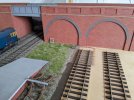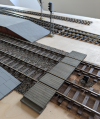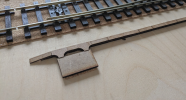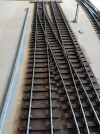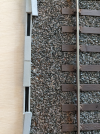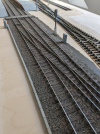jonte
Western Thunderer
I agree with Simon: looks very neat 
The Scalescenes product provides a very good likeness indeed, having used it several years ago now. I think I may have washed over a dark wash to tone it down, but how and what with has escaped me. Probably powders would do the job quite well to save getting the paint pots out. Still, they look good as they are
Simon’s suggestion about the Earth blocks is also a good one, having just purchased a couple of each variety (4 and 8-way) for my latest project.
Here they are on a previous effort:
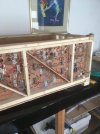
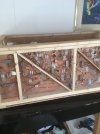
Thankfully, this time the layout’s a little smaller.
jonte

The Scalescenes product provides a very good likeness indeed, having used it several years ago now. I think I may have washed over a dark wash to tone it down, but how and what with has escaped me. Probably powders would do the job quite well to save getting the paint pots out. Still, they look good as they are

Simon’s suggestion about the Earth blocks is also a good one, having just purchased a couple of each variety (4 and 8-way) for my latest project.
Here they are on a previous effort:


Thankfully, this time the layout’s a little smaller.
jonte

